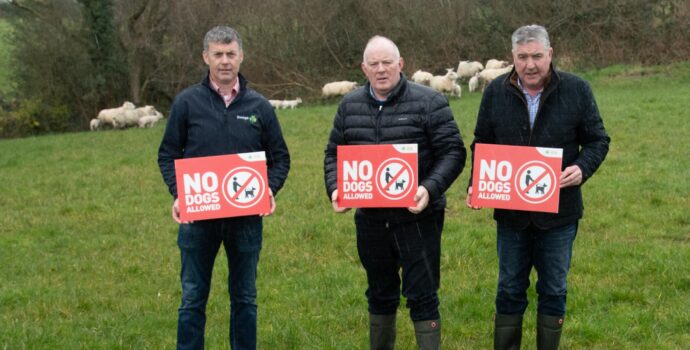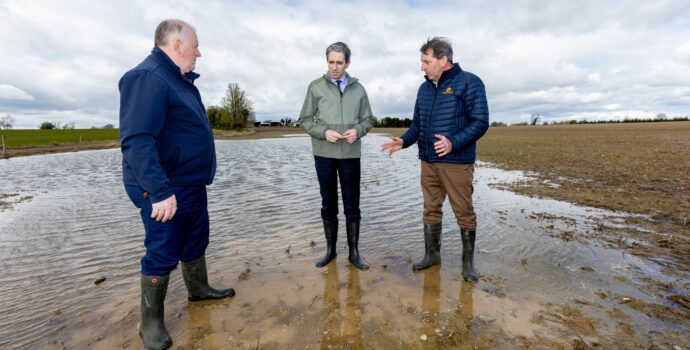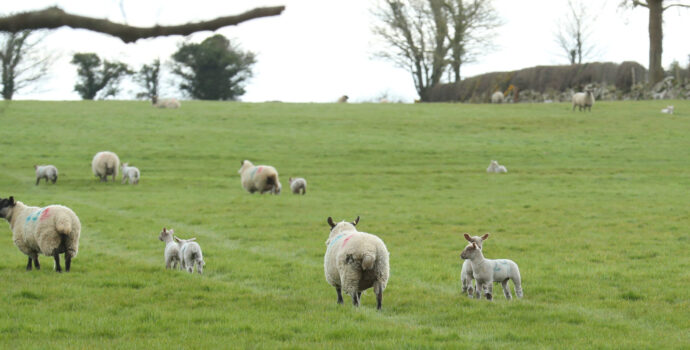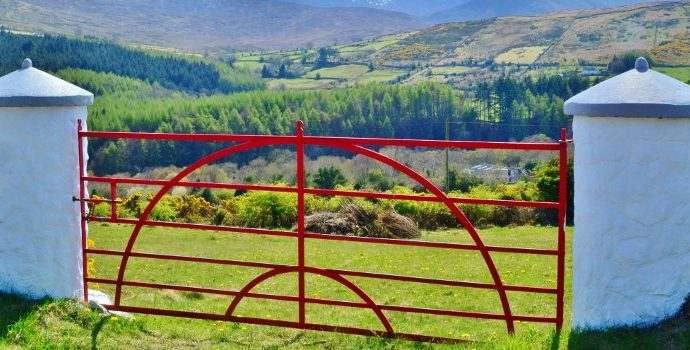Householders’ Insurance Policy Should Extend to Cover Any Damages Arising from Attacks by Their Pets on Sheep
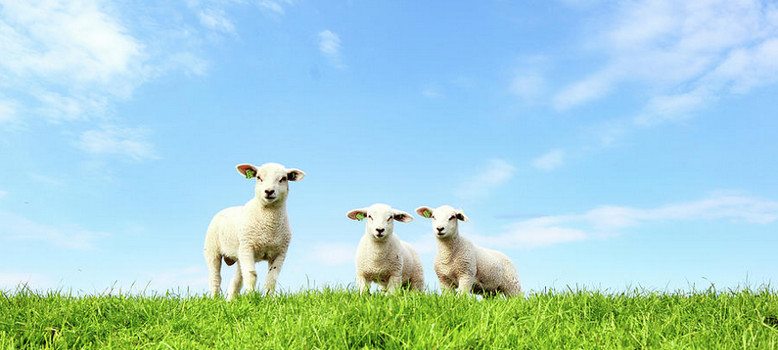
IFA Sheep Chairman John Lynskey has called on all householders to make sure their house insurance policy protects them against any damages arising from attacks by their dog on sheep. Some insurance companies provide this cover.
He said, “The core of IFA’s campaign to reduce attacks on sheep is about dog owners’ showing greater responsibility. One practical way of doing this is to amend their house policy to include any risk attached to their pet carrying out an attack on sheep and the losses that arise for the farmer from this”.
John Lynskey said the devastation and trauma experienced by farmers leaves them seriously questioning their future in sheep production. “Unfortunately, I am taking calls on a frequent basis from sheep farmers around the country who have suffered attacks. There are far too many dog owners not taking the responsibility that goes with owning a pet. Dog owners have an obligation to have their dog under control at all times.”
Statistics collated by IFA indicate that the problem of dog attacks on sheep may be in the order of 300 to 400 attacks per annum, with 3,000 to 4,000 sheep injured and killed. He said data on dog attacks gathered by the IFA shows an average of over 11 sheep killed or injured per attack.
The IFA Sheep farmers’ leader warned dog owners that their pets can inflict horrendous damage on a sheep flock in an attack and the owners can be held responsible for the losses involved with serious financial and legal consequences. He said dog owners are responsible for ensuring that their pets are under control at all times. Based on the annual sheep census, there are 34,304 sheep farmers in Ireland with 2.46m breeding ewes.
John Lynskey said farmers have a right to protect their flock and the law states: It shall be a defence to any action for damages against a person for the shooting of a dog, or to any charge arising out of the shooting of a dog, if the defendant proves that
(a) the dog was shot when it was worrying, or was about to worry, livestock and that there were no other reasonable means of ending or preventing the worrying; or
(b) (i) the dog was a stray dog which was in the vicinity of a place where livestock had been injured or killed, and (ii) the defendant reasonably believed that the dog had been involved in the injury or killing, and (iii) there were no practicable means of seizing the dog or ascertaining to whom it belonged; and
(c) he was the person in charge of the livestock; and
(d) he notified within forty-eight hours the member in charge at the nearest Garda Station to the place where the dog was shot of the incident.
John Lynskey said IFA has a Protocol to help farmers who encounter a dog attack on their sheep flock. The IFA protocol involves an easy-to- follow, 10-point Plan of Action covering what a farmer should do following a dog attack or sheep kill.
“Based on the feedback IFA gets from farmers who have had to deal with a dog attack on their flock, one of the biggest problems is the lack of information on what they should do, who they should contact and where can they get help”.
The IFA Protocol deals with these basic questions and also outlines important aspects of the law and how the dog warden service and the Garda can help. It also sets out how to keep a full record of the attack, which can be used as evidence at a later stage.

